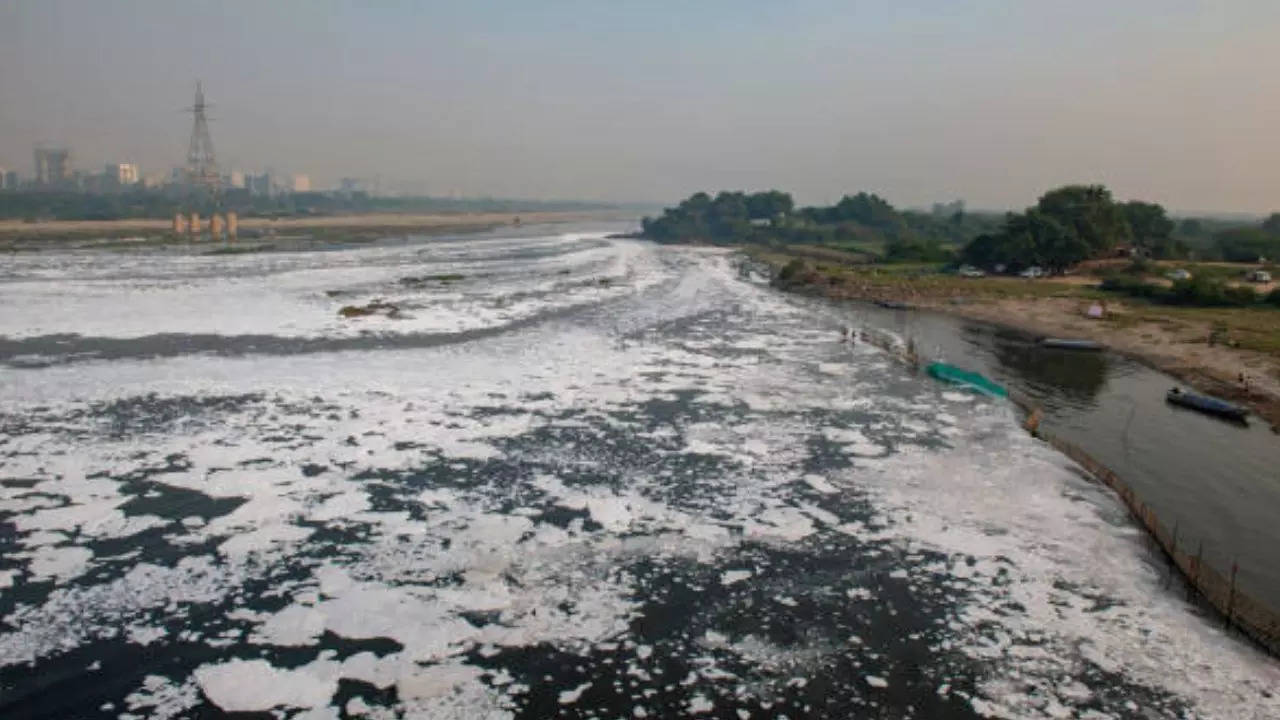Ammonia levels in the Yamuna river have increased yet again, causing concern for Delhi residents. On Friday, the levels reached 8 ppm, far above the 1 ppm limit that water treatment plants can handle. This could affect the water supply and pose serious health risks to people residing in Delhi-NCR.
But why is this happening? What health problems can it cause? Why Ammonia Levels In Yamuna Is Increasing?Pollution in the Yamuna has been a problem for years, but it worsens in winter when the river’s flow decreases, allowing pollutants to build up. The main causes of ammonia in the water include: - Industrial waste – Factories release harmful chemicals, including fertilizers, dyes, and plastics, into the river. - Decomposed waste – Organic matter breaks down in the river, producing ammonia.

- Toxic foam – A thick layer of toxic foam appears on the river’s surface, especially during festival seasons, making the problem worse. How Can Ammonia Affect Your Health?Exposure to ammonia in drinking water can cause: - Memory And Concentration Problems – High ammonia levels can affect brain function. - Skin Irritation And Rashes Due To Polluted Water: Taking a shower or washing hands with polluted water can cause skin irritation, rashes, and infections.
The water of Yamuna contains high levels of phosphates, detergents, and other harmful chemicals that can lead to allergic reactions or worsen existing skin conditions like eczema. - Stomach Issues – Drinking contaminated water c.



















